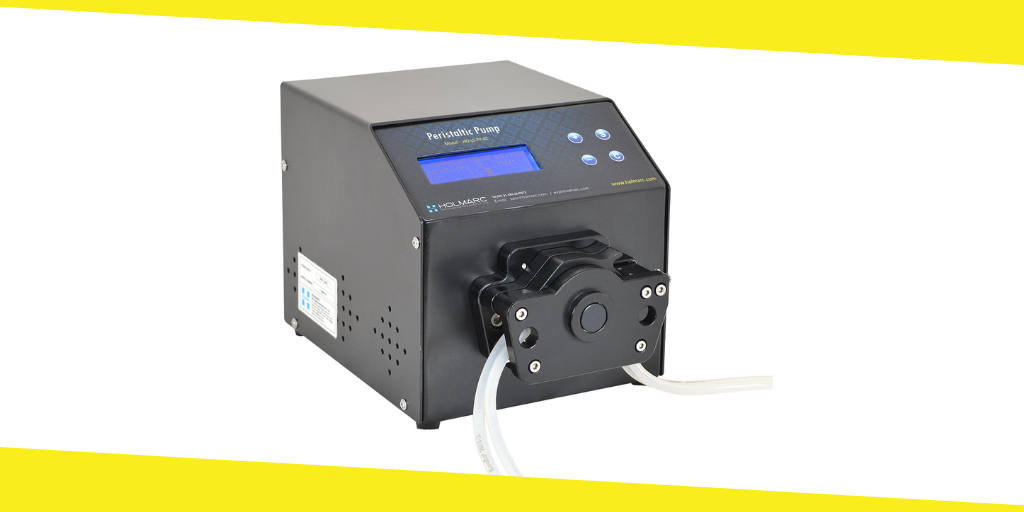Peristaltic Pump: Features And Benefits!

Peristaltic pump is one type of positive displacement pump popularly known as roller pumps that are used to pump various types of fluids. The pump uses a rotor to squeeze a leak-proof hose or tube, thus forcing the pumped liquid to travel through the hose.
The transported fluid does not contact any parts of the machinery, which makes it suitable for pumping various liquids that either have to be sterile or not have to leak into the environment.
Contents
ToggleWorking Principle of Peristaltic Pumps
There are two main components of the pump: the rotor and the hose.
The hose is made up of a chemical-resistant material that permits no leakage of liquid or air to go through along the exterior wall in the circular pump.
The rotor is placed in the center of the pump and rotates in a circular motion. As it turns, rollers attached to the rotor squeeze the hose and force the fluid towards the pump’s outlet, thereby creates a vacuum that allows more liquid into the pump shaft.
Most of these pumps are electrically powered. Also, the size of pumps and the method used for squeezing the hose vary. The pump might have oil inside the chamber to lubricate the outer layer of the hose when it is squeezed.
The hose type and material play an important role in the right application of peristaltic pumps. The right material ensures that it won’t wear or corrode prematurely as it is squeezed. While the hose is replaceable, it is critical to choose tubing with proper chemical resistance towards the fluid being pumped. Types of tubing materials that are used in peristaltic pumps include:
- Silicone Rubber
- Polyvinyl chloride
- Fluoropolymer
Features of Peristaltic Pump
It provides excellent pumping solutions, mainly when the fluid being pumped is specifically viscous, corrosive, or abrasive. Their lack of seals and valves makes them easy and cost-effective to maintain the hose or tube.
It uses a gentle pumping action, which is ideal for fragile cell cultures and sensitive polymers. The interior of the hose or tube is the only part of the pump, which is in contact with the liquid, making it easy to clean the interior surfaces of the pump.
Benefits of Peristaltic Pump
We have already discussed the main advantage is that they provide the ultimate in purity as the fluid being pumped only comes in contact with the tube.
Another benefit is that they come in various configurations, which allows them to pump a variety of fluids.
Peristaltic pumps are self-priming, which means they can transfer liquids into the pump even if it is undergoing dry start. While it can be inconvenient to prime a pump while not contaminating the media being transferred, the configuration and design of these pumps are incredibly gentle. This makes the pump easily transfer media that are fragile for other designs.
Because of the variable speed selection, these pumps are great for precise measurements and dosing applications. Since the media do not come in contact with the pump, it requires no cleaning of valves, seals, or diaphragms. The one part that must be cleaned or replaced regularly is the tubing. This, as a result, demands less maintenance and reduces downtime.
Since the pump is non-siphoning, no fluid is moved back into the system, which gives another reason why these are the correct choice for metering.
Conclusion
Peristaltic pumps are used to dispense sterilized, highly acidic or base media, lubricants, and fuels. They are used in adhesives for cement and circuit board manufacturing, pizza sauce dispensing, in harvesting cell media, and many other applications. If the application needs to be pure and precise, the peristaltic pump is the right choice!
Recommended For You
Top 10 Outdoor Sports Shoes 2021
Most Inside
Most Inside offers high-quality recommendations and valuable updates to enhance all aspects of your life, providing premium guidance and enriching experiences.




